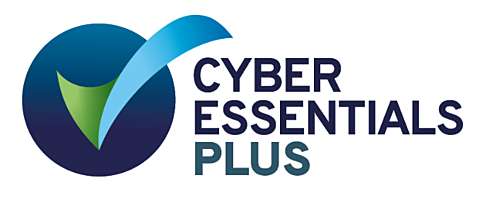Merging Trustee Boards
13 Dec 2021
Different routes
Each trustee board develops a particular way of working and an individual culture. They generate different ideas; have different resources and knowledge. In short, each is unique. So, imagine trying the challenge of combining two very different trustee boards. This was what our client faced after the business had acquired a second large pension scheme as a result of an acquisition. Once the scheme merger negotiations were completed Muse facilitated the transition of the two boards into a successful merged trustee board with responsibility for the greatly enlarged pension fund.
The objective: combine two trustee boards that displayed radically different characteristics and ways of working. Quite simply, the boards weren't just different, they were at opposite ends of the spectrum on many issues; funding level; investment strategy; perceptions of covenant strength and so on. Likewise they had evolved radically different governance practices: multi-faceted support team vs access to a single Pensions Manager with wider responsibilities; delegations to committees and beyond vs ‘trustee board does everything'; outsourced administration vs. in-house, and, sophisticated vs. straightforward approaches to investment strategy implementation.
Meeting in the middle
The new scheme was to be: much bigger; arguably under-resourced and likely more demanding. It would also take some trustees outside their comfort zones. For example, one scheme brought with it a substantial legacy DC section that represented unfamiliar territory for the trustees of the other. To complicate matters further, the only time the two boards had met had been in negotiation mode to finalise the merger.
If your GPS sends you off in one direction, it is often tricky to fathom why someone else has favoured an alternative route. We wanted the two boards to understand the ‘whys' and ‘hows' of each other's journeys. Separate workshops were arranged for the two boards at which they were briefed by the other's professional advisers so they could study the maps and understand the choices and turns each other had taken along their respective journeys to date.
Next a mutually convenient ‘meeting point' was agreed - a suitable point to start the new, shared, journey into the future. We facilitated two workshops. The first focused on open, honest, high level discussion about the skills and experience they shared and the issues that needed to be prioritised. The second got into the detail of how they would work together and organise themselves to crack on with all the matters in hand.
A new journey
As a result of careful planning and commitment to each other, these very different boards came together and hit the ground running. By taking the time to: understand each other's journeys; develop respect for each other; agree objectives and determine the best utilisation of their combined resources and skills, the trustees have set off on their new journey all pulling in the same direction.
By the time of the merger, the trustees had developed a framework for their future governance that was appropriate to the needs of the combined pension schemes. Time will tell if the trustees got it right first time. The likelihood is that they will review and want to fine tune in the light of experience. But in the meantime the investment in planning should ensure that effective governance has been maintained both through and after the merger.
Key learnings
- Regardless of the challenge, stepping back and taking the time to understand and discuss the issues can help achieve good outcomes.
- It is important to dedicate time to setting governance objectives, and openly discussing the right approach.
- Trustees need to be open to challenge, and willing to change the way they work as circumstances evolve.


